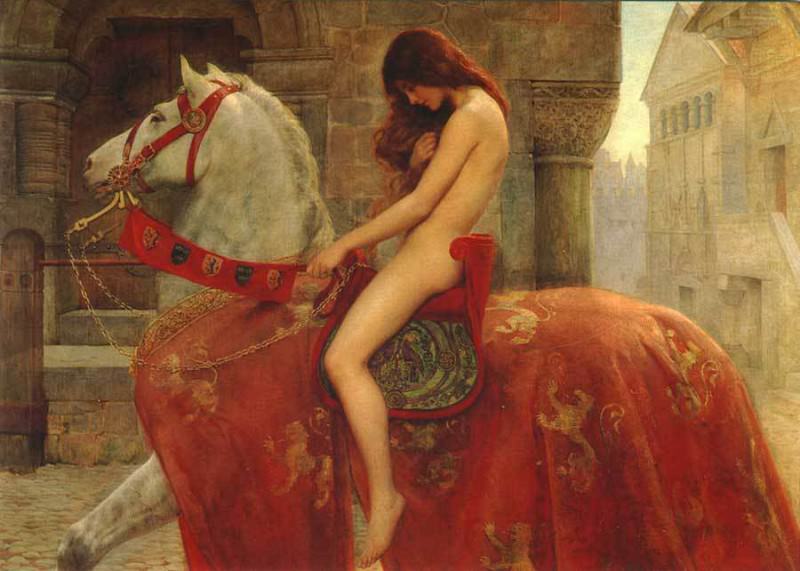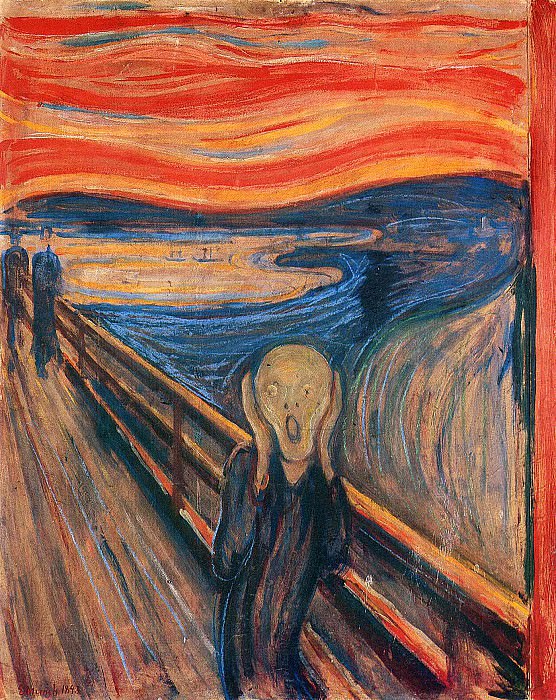The Artistic Journey of Lane Smith
Lane Smith is a name that resonates with art enthusiasts and literary lovers alike, thanks to his significant contributions to the world of children's literature and illustration. His work, characterized by a distinct style that blends humor, whimsy, and a touch of the surreal, has captivated audiences for decades. Smith's art is more than just visually appealing; it tells stories, evokes emotions, and sparks imagination in both young and old alike. This article delves into the world of Lane Smith's art, exploring his influences, techniques, and the impact of his work on contemporary illustration.
Early Influences and Inspirations
Born in Tulsa, Oklahoma, in 1959, Lane Smith's journey into the world of art began at an early age. He was an avid reader and was particularly drawn to comic books and cartoons. The vibrant colors, exaggerated characters, and dynamic storytelling in comics left a lasting impression on him, influencing his future work. Smith was also inspired by the surreal and often dark works of Salvador Dalí and the playful yet sophisticated illustrations of Maurice Sendak. These early influences would later manifest in his unique artistic style, which blends the surreal with the whimsical.
Education and Artistic Development
Lane Smith pursued his passion for art by enrolling in the Art Center College of Design in Pasadena, California. It was here that he honed his skills and developed his signature style. Smith's education at the Art Center exposed him to various artistic disciplines, including painting, graphic design, and illustration. He was particularly drawn to illustration because it allowed him to combine his love for storytelling with his artistic talents.
During his time at the Art Center, Smith was mentored by several prominent illustrators who helped him refine his technique and encouraged him to experiment with different mediums. He learned the importance of composition, color theory, and visual storytelling—skills that would become the foundation of his future work. Smith's time at the Art Center was pivotal in shaping his artistic vision and setting the stage for his successful career as an illustrator.
Breakthrough into Children's Literature
Lane Smith's breakthrough into the world of children's literature came with the publication of "The True Story of the 3 Little Pigs!" in 1989, written by Jon Scieszka. This book was a retelling of the classic fairy tale from the perspective of the Big Bad Wolf and was notable for its witty, irreverent tone and Smith's distinctive illustrations. The book was an instant success, receiving widespread acclaim for its clever storytelling and innovative illustrations. Smith's art in "The True Story of the 3 Little Pigs!" showcased his ability to create characters with exaggerated features and expressive faces, bringing humor and personality to the story.
This collaboration with Jon Scieszka marked the beginning of a long and fruitful partnership that would produce several more beloved children's books. Smith's work on "The True Story of the 3 Little Pigs!" established him as a leading illustrator in the world of children's literature and set the stage for his future success.
The Signature Style of Lane Smith
Lane Smith's art is instantly recognizable due to his unique style, which combines elements of surrealism, whimsy, and dark humor. His illustrations often feature exaggerated proportions, unusual perspectives, and a muted color palette that gives his work a distinctive, almost vintage feel. Smith's characters are often quirky and expressive, with exaggerated facial features that convey a wide range of emotions.
One of the hallmarks of Smith's style is his use of texture. His illustrations often have a tactile quality, with visible brushstrokes and layers of paint that give his work depth and dimension. This textural quality adds a sense of richness to his illustrations, making them visually engaging and immersive.
Smith's use of perspective is another key element of his style. He often plays with perspective, using unusual angles and viewpoints to create a sense of movement and dynamism in his illustrations. This technique draws the viewer into the scene and adds an element of surprise to his work.
In addition to his technical skills, Smith's art is characterized by his keen sense of humor and wit. His illustrations often contain subtle visual jokes and references that add an extra layer of meaning to his work. This playful approach to art makes his illustrations not only visually appealing but also intellectually engaging.
Collaborative Success with Jon Scieszka
Lane Smith's collaboration with author Jon Scieszka is one of the most successful partnerships in children's literature. Together, they have created several iconic books that have become staples in classrooms and libraries around the world. Following the success of "The True Story of the 3 Little Pigs!," Smith and Scieszka went on to create "The Stinky Cheese Man and Other Fairly Stupid Tales," a collection of fractured fairy tales that further showcased their unique blend of humor and creativity.
"The Stinky Cheese Man" was another critical and commercial success, winning several awards, including the Caldecott Honor. Smith's illustrations in this book are particularly noteworthy for their bold, graphic style and innovative use of typography. The book's unconventional design, with its playful use of type and layout, challenged traditional notions of what a children's book could be and solidified Smith's reputation as a trailblazing illustrator.
Smith and Scieszka's collaboration continued with other popular books such as "Math Curse" and "Science Verse," both of which use humor and imaginative illustrations to make complex subjects accessible and entertaining for children. Their partnership is a testament to the power of collaboration in the creative process, and their work continues to inspire and delight readers of all ages.
Solo Ventures and Authorial Work
In addition to his collaborations with Jon Scieszka, Lane Smith has also enjoyed success as an author-illustrator. His solo ventures have allowed him to explore new themes and artistic styles, further expanding his creative horizons. One of his most notable solo works is "Grandpa Green," a poignant and beautifully illustrated story about memory, family, and the passage of time.
"Grandpa Green" was a departure from Smith's earlier work in its tone and subject matter. The book's illustrations are more subdued and introspective, reflecting the story's themes of aging and remembrance. Smith's use of color and texture in "Grandpa Green" is particularly striking, with the lush greenery of the garden contrasting with the muted tones of the characters. The book was widely praised for its emotional depth and was named a Caldecott Honor book in 2012.
Another successful solo work by Smith is "It's a Book," a humorous commentary on the digital age and the enduring appeal of traditional books. The book's simple, bold illustrations and witty dialogue resonated with readers and critics alike, making it a bestseller and earning it numerous accolades.
The Impact and Legacy of Lane Smith's Art
Lane Smith's contributions to the world of children's literature and illustration are significant and far-reaching. His innovative use of humor, texture, and perspective has set a new standard for children's book illustration, inspiring a generation of artists and writers. Smith's ability to create art that appeals to both children and adults has made his work timeless and universally beloved.
Smith's influence can be seen in the work of contemporary illustrators who have adopted elements of his style, such as the use of texture and playful perspectives. His success as both an illustrator and author has also paved the way for other artists to pursue careers in children's literature, demonstrating that it is possible to create work that is both commercially successful and artistically meaningful.
In addition to his impact on the world of children's literature, Lane Smith's art has also been exhibited in galleries and museums, further cementing his status as a significant figure in the world of contemporary art. His work has been featured in numerous exhibitions, including a retrospective at the Eric Carle Museum of Picture Book Art, which celebrated his contributions to the field of illustration.
Conclusion: The Enduring Appeal of Lane Smith's Art
Lane Smith's art continues to captivate audiences with its unique blend of humor, whimsy, and emotional depth. His ability to tell stories through his illustrations has made him one of the most respected and beloved figures in the world of children's literature. Whether through his collaborations with Jon Scieszka or his solo ventures, Smith's work has left an indelible mark on the world of illustration, inspiring countless artists and delighting readers of all ages.
As we look to the future, it is clear that Lane Smith's art will continue to resonate with audiences for generations to come. His innovative approach to storytelling and illustration has set a new standard for children's literature, and his influence will be felt for years to come. Lane Smith's legacy is one of creativity, imagination, and a deep love for the art of storytelling—a legacy that will undoubtedly endure.
















